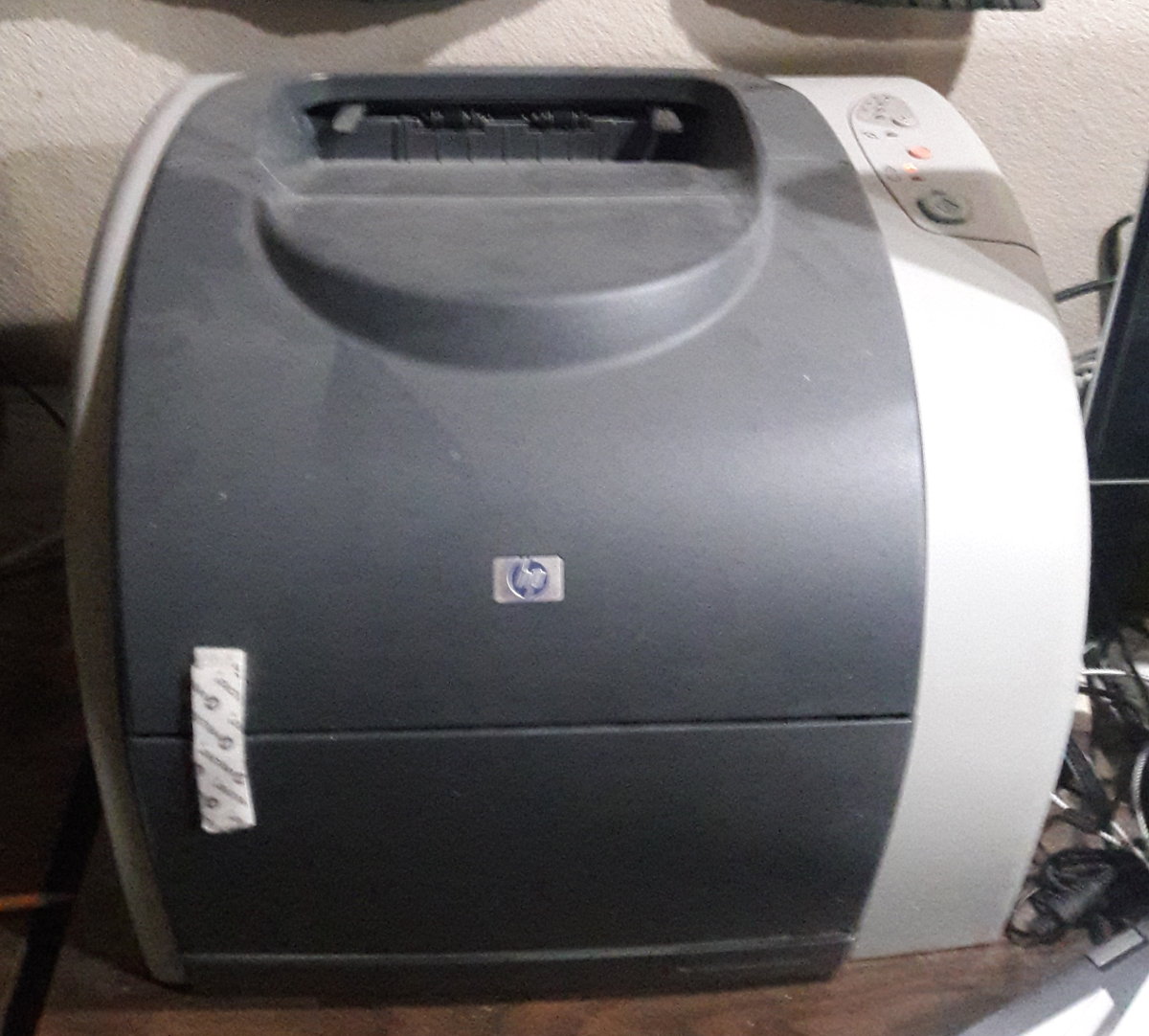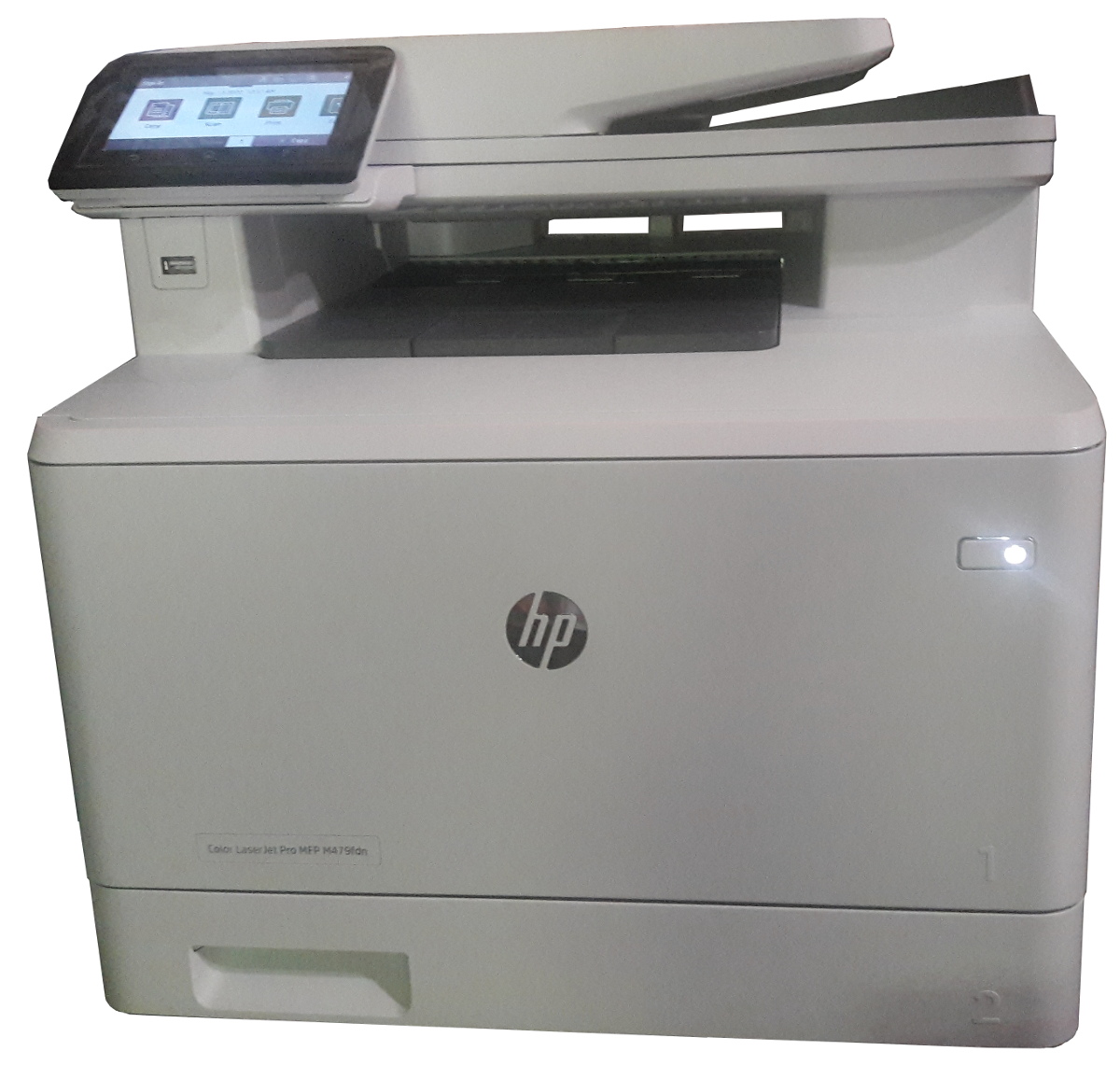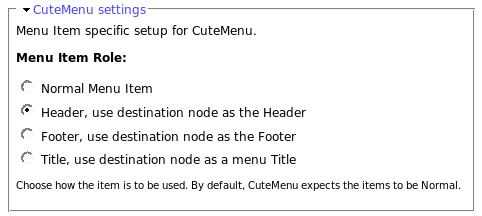
internal
HP Color LaserJet Pro Multifunction M479fdn Laser Printer
Tue, 05/12/2020 - 17:25 — Alexis WilkeClick to get this printer on Amazon.com where I'm an affiliate.
Not too long ago, I ordered a new color drump for my old printer and replaced it. Not very long after that the print simply decided to not print at all anymore. Literally, it would pass the page through just fine but it had nothing on the page. I know it was working since it was printin g just fine the day before and there was still plenty of black ink (it would have had the light on if the black was not enough.)
g just fine the day before and there was still plenty of black ink (it would have had the light on if the black was not enough.)
I'm thinking that may have been a ploy by the manufacturer to push me to buy a new printer...
In any event, ...
Get Variable
Pop one string, search for a variable of that name, and push its value on the stack. This action first checks for local variables in the current function. If there isn't such a variable, or the execution is not in a function, then the corresponding global variable is read.
The variable name can include sprite names separated by slashes and finished by a colon as in. Only global variables are accessible in this way.
Example:
/Sprite1/Sprite2:MyVar
In this example, the variable named MyVaris queried from the sprite named Sprite2which resides in Sprite1.
In a browser you can add ...
Get URL2
Pop two strings, the URL (s2) and the target name (s1).
All the usual HTML target names seem to be supported (_top, _blank, <frame name>, etc.) You can also use the special internal names _level0 to _level10. _level0 is the current movie. Other levels, I'm still not too sure how these can be used.
SWF Internal Functions
Since Flash version 5, you can use internal functions (really member functions or methods of internal objects.) These functions are always available. These methods are called using the Call Function action with the name of the object and function separated by a period. A few of these internal functions are duplicates of some direct action script instructions. In general, it is preferred to use these internal functions rather than the direct action. However, direct actions are a good way to optimize your ActionScript code.
Similarly, you can access internal constants (really variable ...
Enumerate Object
Pop an object from the stack, push a null, then push the name of each variable and function member of that object on the stack.
This mechanism can be used to implement a foreach() function on an object. Be careful, though, that the stack be cleared when leaving the loop.
This action uses an object reference. If you only have the name of the object, use the Enumerate action instead.
Note that internal functions, such as the play() function on a MovieClip1, are enumerated but they cannot really be dealt with easily. Their ...
- 1. MovieClip is the proper type for a Sprite in an ActionScript.
Declare Function (V7)
Declare a function which can later be called with the Call Function action or Call Method action (when defined as a function member.) The f_function_length1 defines the number of bytes that the function declaration uses after the header (i.e. the size of the actions defined in the function.) All the actions included in this block are part of the function body.
- 1. A function is limited to 65535 bytes.
Call Function
Pops one string that represents the name of the function to call, pop one integer indicating the number of arguments following, pop each argument, call the named function, push the result of the function on the stack. There is always a result1.
- 1. When nothing is returned by the function, the result undefined is pushed on the stack.
CSMTextSettings
The CSMTextSettings are used to change the rendering mode of glyphs in a DefineText, DefineText2 and DefineEditText.
The f_text_id_ref is a reference to a tag holding some texts which glyphs need to be tweaked with these settings.
The f_use_flag_type defines which of the system (0) or Flash (1) font renderer should be used.
|
DefineEditText
Additional interactivity has been added in V4.0 of the SWF format. This is given by the use of edit boxes offering the end users a way to enter text as if the SWF movie was in fact an interactive form.
The text is defined in a variable (accessible in action scripts). It can be dynamically assigned and retrieved. It is legal to have an empty string as the variable name (not dynamically accessible).
Since version 8, the text drawn by a DefineEditText tag can be tweaked by adding a CSMTextSettings tag.
The f_edit_word_wrap flag will be set to true (1) in order to have words going beyond the ...


